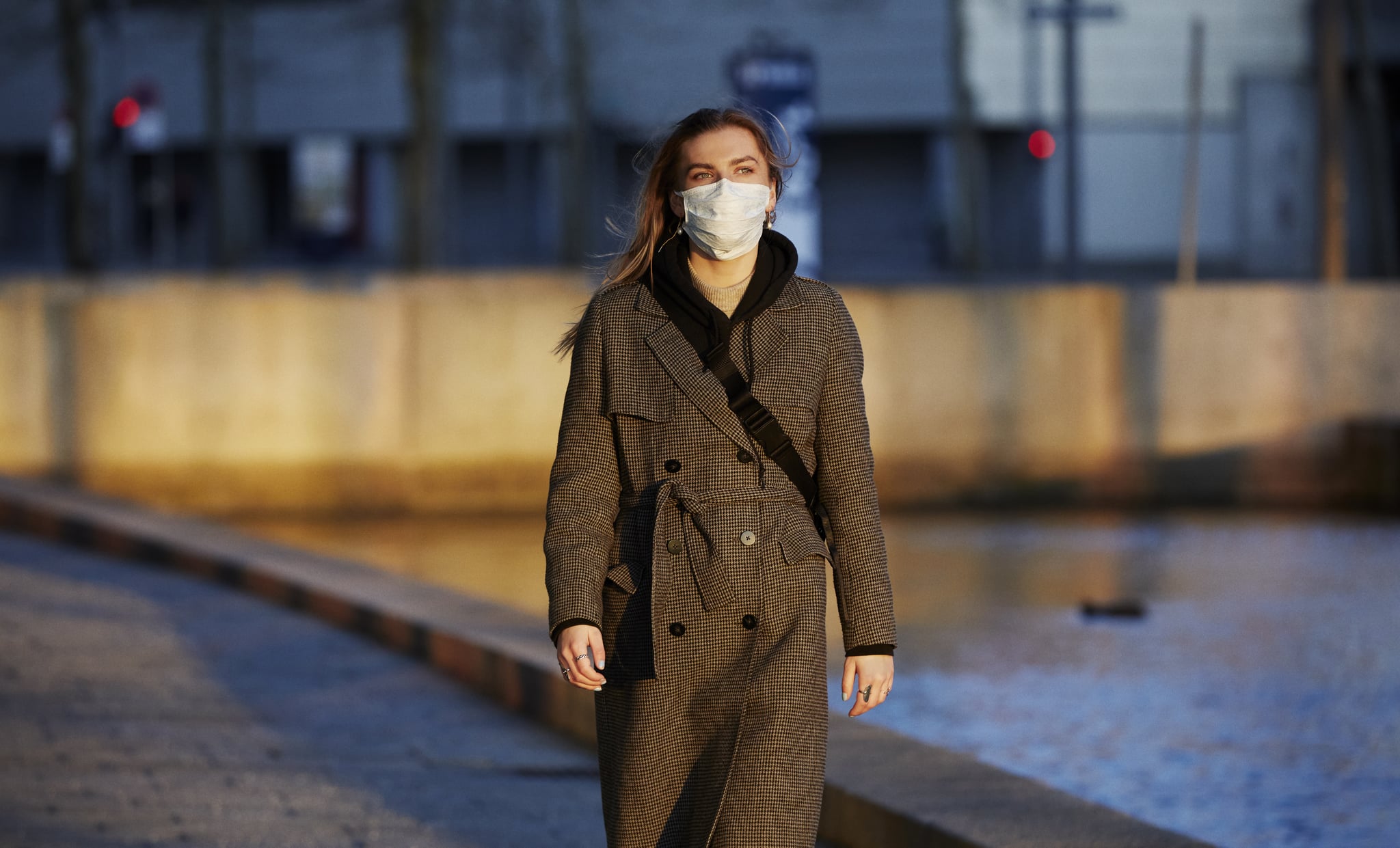
The coronavirus pandemic continues, but parts of the US are already considering a return to some semblance of normalcy. That means that the issue of a “second wave” of coronavirus cases is one we’re starting to hear a lot about. What’s happening, explained Stanford infectious disease doctor Dean Winslow, MD, is that case counts are leveling off in certain parts of the country, particularly in places that put social distancing control measures in place early. “The concern is that if we relax these measures too soon, what we might see is a second wave in the fall,” he told POPSUGAR. CDC director Robert Redfield, MD, has confirmed that this is a possibility.
Why the fall? A number of reasons, according to Dr. Winslow.
- Flu-like illnesses tend to be seasonal. “Most of the time, seasonal flu lasts one season,” Dr. Winslow said. “You start seeing cases in October, November, and then by March, April, early May, the number of cases of seasonal flu is dramatically decreased.”
- A similar pattern has occurred in past pandemics. In the 1918 Spanish influenza pandemic, case counts “declined very significantly in the summer of 1918,” Dr. Winslow said. But in the fall, a second wave of the outbreak in the fall proved even deadlier, exacerbated by displacement and overcrowding after the the end of World War I.
- We stay inside more during the fall and winter. The virus spreads most easily in close, indoor spaces.
- Schools could reopen. If school resumes in the fall, the virus is likely to spread in classrooms and homes, with students potentially transmitting it to their families.
- The virus might be weaker in warm weather, but could return with cold. Emerging research cited by the White House task force suggests that the virus doesn’t survive as long in warm and humid conditions and when exposed to intense ultraviolet light, lowering the risk of transmission in the summer.
Speculations as to the intensity of a potential second wave are just that — speculations. Dr. Winslow said it’s too early to tell whether a second coronavirus outbreak could be more deadly than the initial one, but there are a few things we can do to work the odds in our favor.
First, it’s likely that restrictions will be relaxed in slow phases, a recommendation that’s been made by the CDC and FEMA to fend off or lessen a potential second wave. Even as some businesses begin to reopen, Dr. Winslow said it’s a good idea to continue following some precautionary measures.
“We may still want everyone to wear cloth face masks while they’re out in public,” he said, especially when it’s impossible to maintain six feet of space between individuals. (Here’s where to buy a fabric face mask and how to make your own.) You should also continue washing your hands frequently, with soap and for at least 20 seconds. Looking more broadly, he added that large gatherings (think major spectator sports events or concerts) may not be able to resume for a while. “We’ll want to start reopening slowly, and keep at least some of the other restrictions in place while we do it,” Dr. Winslow said.
For many of us, it may seem too soon to start thinking about a second wave when the first is still so prevalent. Keep these future recommendations in mind, but also remember to follow and stay up to date with your local social distancing guidelines. Complying with that protocol is the best way to stem the current outbreak and, hopefully, stymie a second.
POPSUGAR aims to give you the most accurate and up-to-date information about the coronavirus, but details and recommendations about this pandemic may have changed since publication. For the latest information on COVID-19, please check out resources from the WHO, CDC, and local public health departments.
